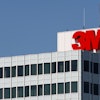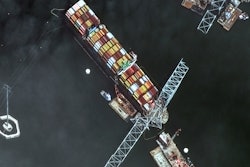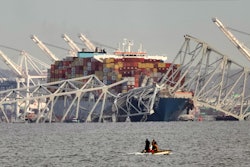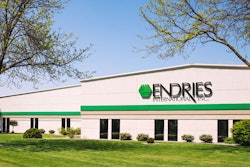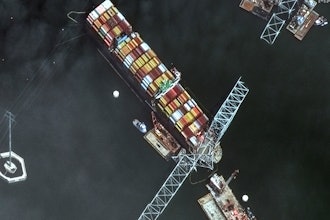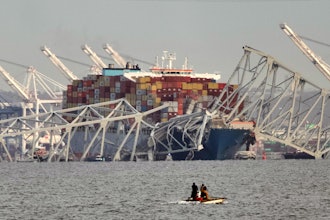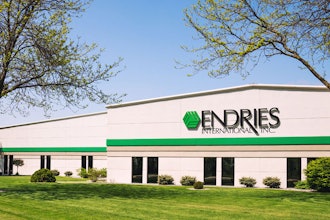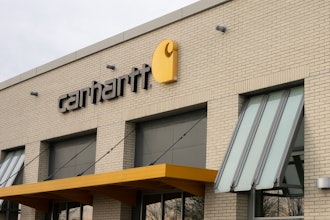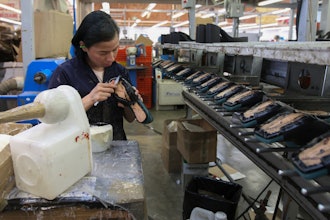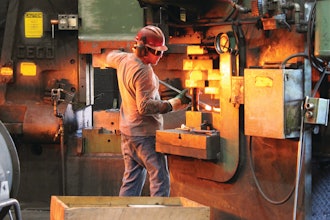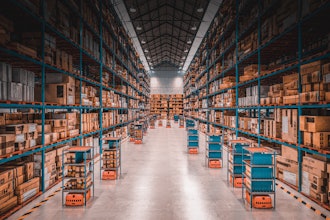For any structure, unchecked water can be devastating. In fact, by many estimates, water is the single biggest cause of commercial property damage. It’s bad enough in any setting, but in a warehouse, the stakes are even higher. The damage can be far more extensive when you take into account stored merchandise. In addition to potential damage to merchandise, you also must consider that standing water can stay hidden for longer in a warehouse setting.
A warehouse manager must be extra vigilant when it comes to protecting against expensive water damage. Below, see three key ways in which you can either get ahead of water damage or deal with it once it has already happened.
The Risks
Incoming water is more than a nuisance. It can be tantamount to an enormous repairs bill, or the damage can add up slowly over time.
- Mold and mildew. Unseen water or high humidity can result in mold and mildew. Neither is as innocuous as you might think. In fact, both pose safety hazards, and removal can be incredibly expensive.
- Cracks. A warehouse is prone to damage that can be made worse by the presence of water. Tiny cracks in the walls, ceilings and floors allow moisture to enter. As temperatures change, that moisture can be a wrecking ball for your facility as it expands and contracts.
- Large-scale damages. A burst pipe or extreme weather can wreak havoc on your facility in a short amount of time. It can do structural damage and destroy merchandise.
Prevention
As with any disaster, your ability to prevent it in the first place is crucial. Sure, you can’t anticipate everything. However, you have the benefit of knowing what has and hasn’t worked for others. Here are a few ways you can better understand your situation and mitigate risk:
- Know the source. It’s not always in your control, but many times it is. When you know what you’re looking for, you can take the right preventative measures. Some common culprits include incoming rainwater, clogged or frozen drains, and general wear and tear near plumbing.
- Take the right steps. Based on what you learn from your facility assessment, do what you can to re-route water or to prevent pipe issues. Do maintenance on your roof drainage system now, before an overflow causes your roof to leak. Inspect outgoing drainage pipes now, rather than waiting for a tree root to finish crushing it. Look at your HVAC units both in cold and hot weather to determine ahead of time the potential for leaks. Consider waterproofing actual structures. An elastomeric coating can go a long way toward guarding concrete and masonry that can crack in wet conditions.
- Consult your insurer. Your insurance company hates water as much as you do, and it is typically willing to steer you in the right direction beforehand. Consult with your insurance provider to find out who should be inspecting what and when — and be sure to find out if there are any gaps in your coverage.
Damage Restoration
As much as you might not want to think about it, a contingency plan is crucial. Prevention can only get you so far. The unexpected will happen, and you don’t want to be caught off guard. You need to be prepared to respond immediately, and you should know the steps for long-term restoration.
- Be ready to strike. If it’s a plumbing issue, know how to shut off the water everywhere in your facility. Contact both a plumber and your insurer to determine the best plan for immediate action and to minimize long-term costs.
- Know who you would be working with. Familiarize yourself with nearby restoration companies before they are needed. Know which are responsive, and ask them what a restoration plan would look like for various scenarios. A water emergency is not the time to be doing research, and you don’t want to find yourself up against a wall when it comes to options.
- Have the right equipment on hand. Humidifiers and fans can help you get a leg up on the drying process as you wait for a restoration crew — a small investment compared with the potential costs associated with lost time and water damage.
Bill Robinson is DKI Services’ Commercial Solutions Vice President of Operations. DKI is a nationwide residential and commercial disaster remediation and restoration company. Bill specializes in commercial large loss disaster relief, which has brought him local and national recognition.



